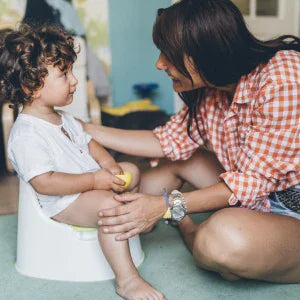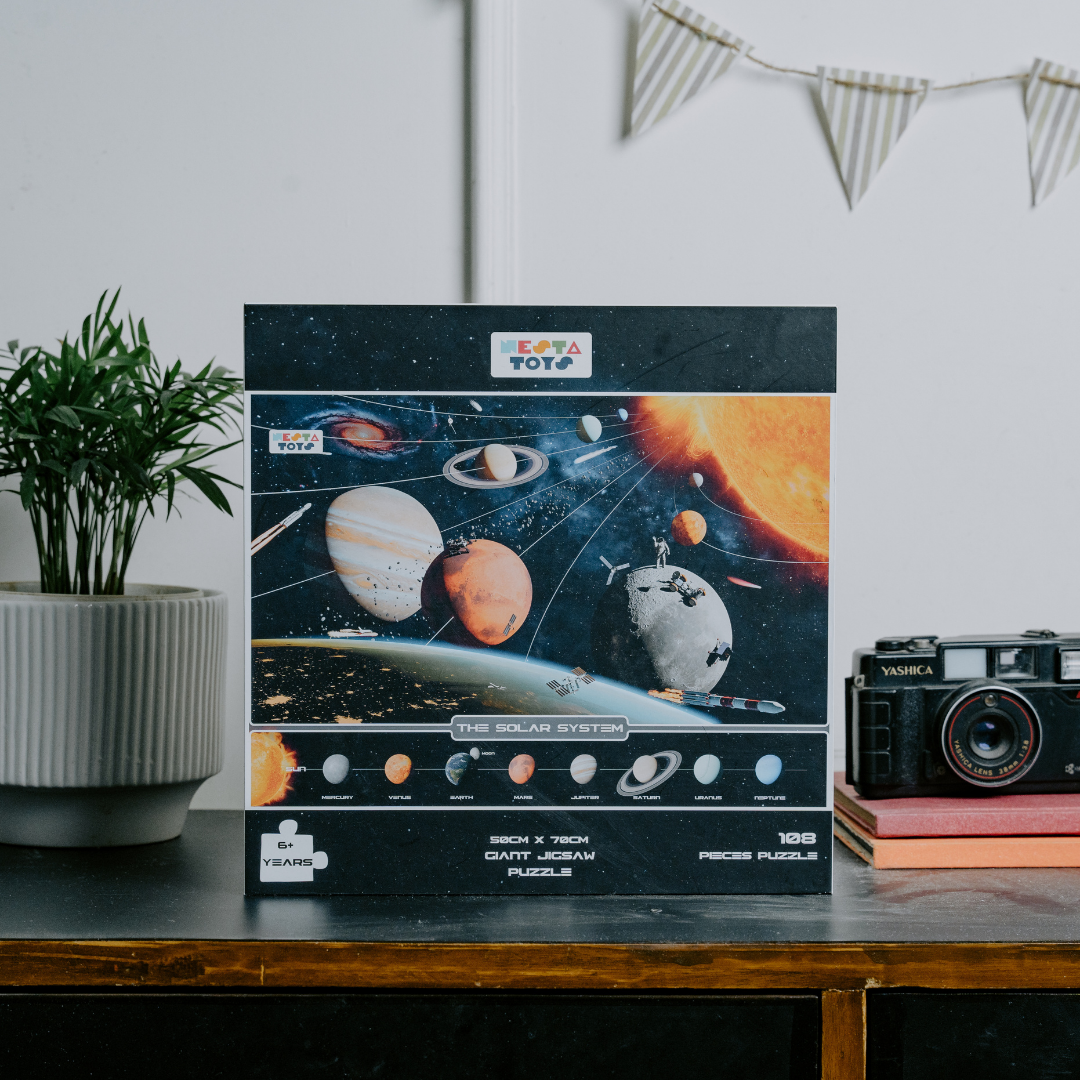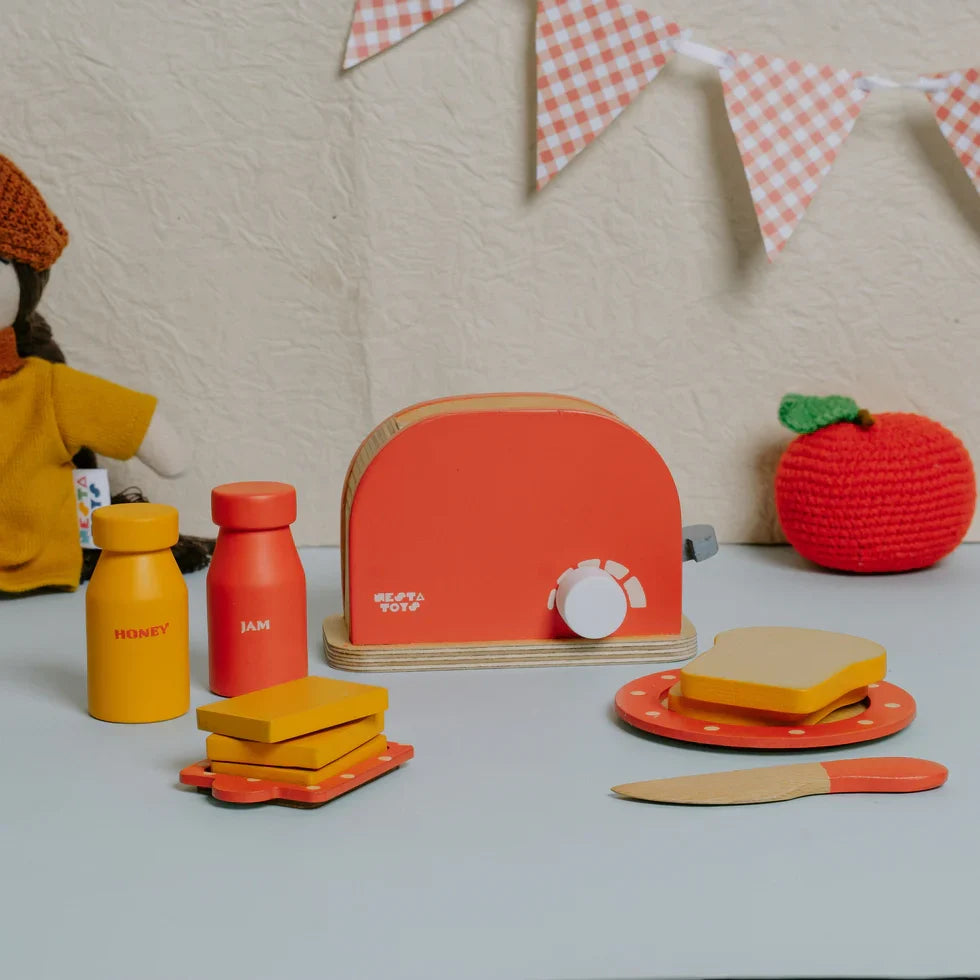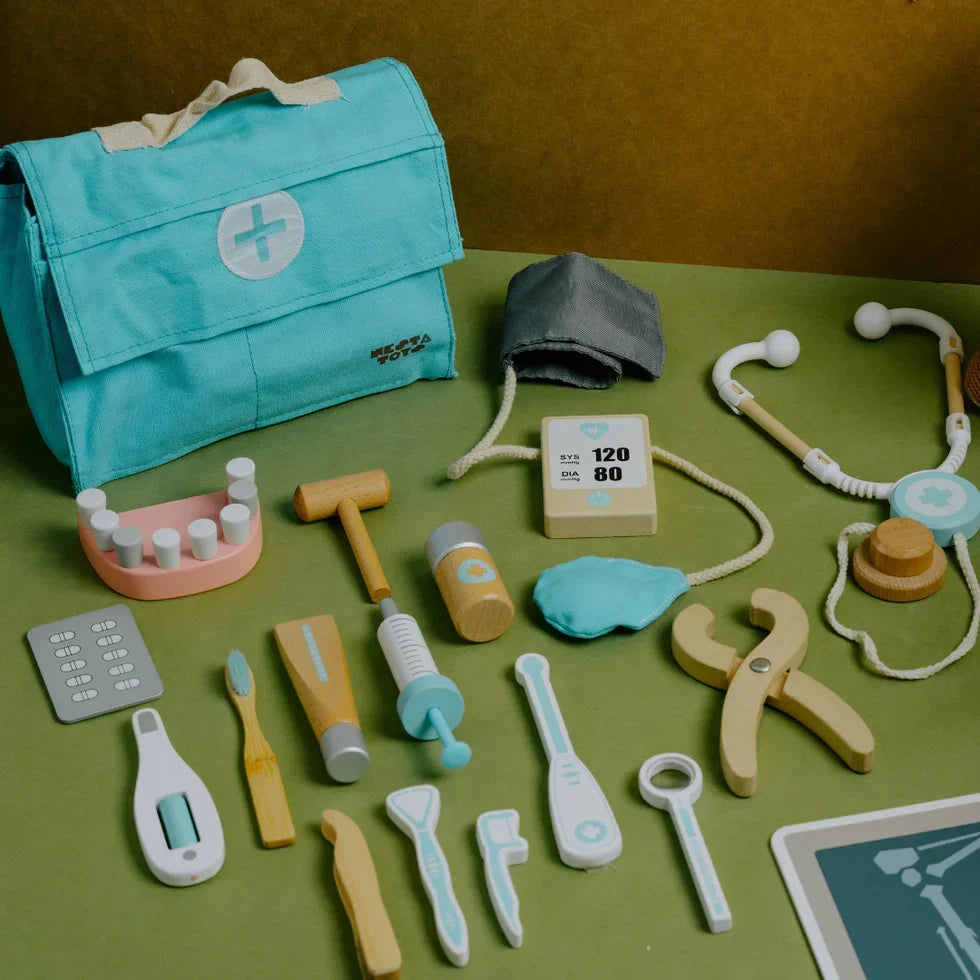Potty training is a significant milestone in a child's development, marking a transition from diapers to using the toilet independently. Potty training can be an exciting yet challenging journey for both parents and children. This guide provides you with the knowledge and strategies to navigate potty training effectively for kids aged 0-3.
Understanding Developmental Readiness:
Children develop at their own pace. Here are some signs that your child may be ready to start potty training:
- Physical Signs: Signs your child may be ready for potty training include the ability to pull down their pants and underwear, staying dry for longer periods (2-3 hours), and showing interest in the toilet.
- Behavioral Signs: Other signs of readiness include showing curiosity about the toilet, mimicking adult toileting behavior, and expressing discomfort in a wet diaper.
Important Note: Don't pressure your child to start potty training before they are developmentally ready.
Creating a Potty-Friendly Environment:
- Invest in a Potty Chair: Pick a comfortable, age-appropriate potty chair that suits your child’s height and interests.
- Stock Up on Training Pants: Choose absorbent training pants that let your child feel wetness, helping them connect the sensation of elimination with the need to use the potty.
- Make the Bathroom Fun and Inviting: Decorate the bathroom with colorful pictures or stickers, or provide a step stool for easier access to the toilet.
Encouraging Potty Time:
- Establish a Routine: Set regular potty breaks throughout the day, especially after waking up, before bed, and after meals.
- Read Potty-Training Books: Use age-appropriate books to introduce the concept of potty training in a fun and engaging way.
- Positive Reinforcement: Celebrate successes with enthusiastic praise, stickers, or a high-five.
- Be Patient and Consistent: Accidents are normal. Stay calm, offer gentle guidance, and avoid punishment or negative reinforcement.
Tips for Different Stages:
Stage 1: Introducing the Potty (6-12 Months):
- Familiarize your child with the potty chair by allowing them to sit on it clothed during diaper changes.
- Talk about the purpose of the potty and use simple language to explain toileting.
- Read potty-themed books and sing songs to introduce the concept in a playful manner.
Stage 2: Encouraging Exploration (12-18 Months):
- Keep offering regular potty breaks and give your child opportunities to explore the potty chair on their own.
- Allow them to wear training pants for short periods to experience the feeling of wetness.
- Celebrate small victories, such as sitting on the potty, even if they don't eliminate.
Stage 3: Active Potty Training (18-24 Months):
- Slowly increase the frequency of potty breaks and encourage your child to communicate when they need to use the toilet.
- Offer assistance with pulling down pants and using wipes.
- Expect accidents and handle them calmly. They’re a natural part of the learning process.
- Consider night training when your child stays dry through the night for several weeks consecutively.
Additional Considerations:
- Addressing Regression: Setbacks are normal. Stay patient, offer support, and revisit the potty training routine without resorting to punishment.
- Potty Training Boys: Boys may take longer to master aiming. Offer visual cues or targets in the toilet to guide them.
- Medical Concerns: If your child experiences ongoing constipation, pain while urinating, or frequent accidents, consult your pediatrician to rule out any underlying medical issues.
Remember:
- Every child is unique, and the pace of potty training will vary.
- Focus on creating a positive and encouraging environment to support your child's journey.
- Seek guidance from your pediatrician if you have any concerns or require additional support.
Bonus Tips:
- Involve other caregivers: Make sure all caregivers are consistent in their communication and approach to potty training.
- Lead by example: Talk openly about using the toilet and, when appropriate, let your child observe your bathroom routine.
- Utilize Potty-Training Apps: There are several interactive apps that can offer extra support and make potty training more engaging for children.
By understanding your child’s developmental stages, creating a supportive environment, and using effective strategies, you can successfully guide them through potty training. Remember, patience, consistency, and positive reinforcement are key to a smooth and rewarding experience for both parent and child.
Additional Resources:
- American Academy of Pediatrics: https://www.healthychildren.org/English/ages-stages/toddler/toilet-training/Pages/default.aspx
- National Diaper Bank Network









